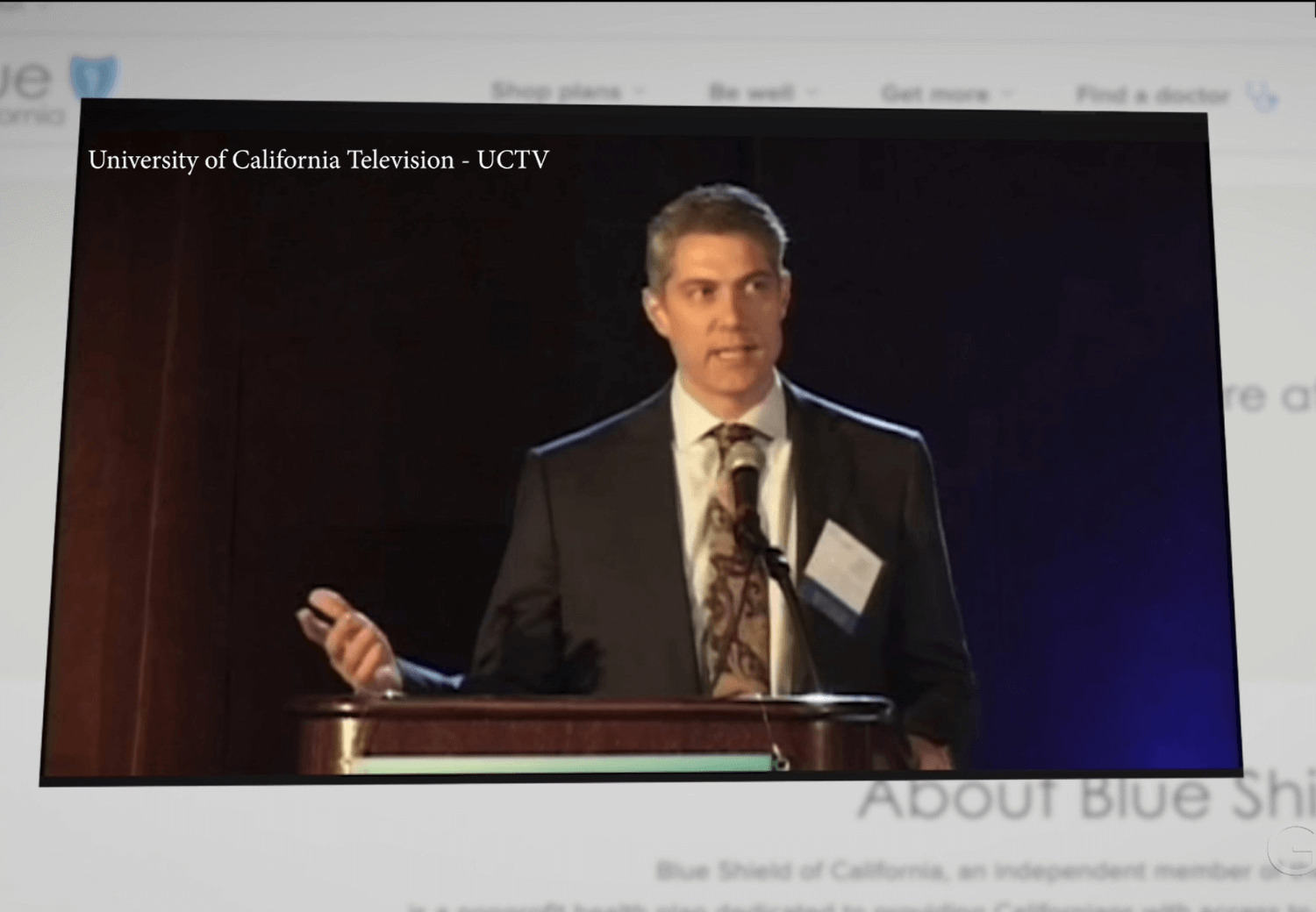Well, this is not easy. And I tell you what, I try my best at this. It’s hard work, and it’s incredibly important work. And one of the things that my coach has reminded me of is that no matter how good you are at this, at trying to make people comfortable, encourage candor, you are not going to get it 100% of the time, because of the power dynamic. You’re the CEO of the company, you have the power over whether they get hired or fired or promoted. There’s a number of ways to try to do that.
Number one, if anyone has the courage to give you feedback, you have one or one of two possible responses. One is, “Thank you,” full stop. “Thank you.” And/or curiosity, “Tell me more about that. Help me understand that a little bit better. I’m interested in what you have to say.” You don’t rate the answer, you don’t debate them. You just sort of say if someone has the courage to give you that feedback, positive reinforcement, “Thank you, and I’m curious about it.”
I think it’s really helpful when I’ve got people who are willing to stand up to me say something difficult, and get positive reinforcement for it. Anytime I can give positive reinforcement in a group setting and people can see that it is not a career-limiting move to have a tough conversation with the CEO, I think that’s important and helpful in this process.
And then using inquiry is another way to get people to open up: “Tell me more about this.” And frankly, if I can introduce a tough conversation—if I’m getting the sense, like through watercooler conversations, background body language, that people feel a certain way, I’ll open up and say, “You know, folks who said my eyes are bigger than my stomach, I’m being completely unrealistic in my expectations right now and that’s crazy ridiculous. And I’m a little worried that might be the case, what do you think?” So, it’s like, all right, I’ve put it on the table now. It’s a little safer to say, “Well, yeah, maybe just a little bit, you know?” And then put on the rabbit ears.
So, inquiry, throwing out controversial things about how I might be doing it, making it safe to do that, giving positive reinforcement to people that actually give feedback, I think all those things help.




